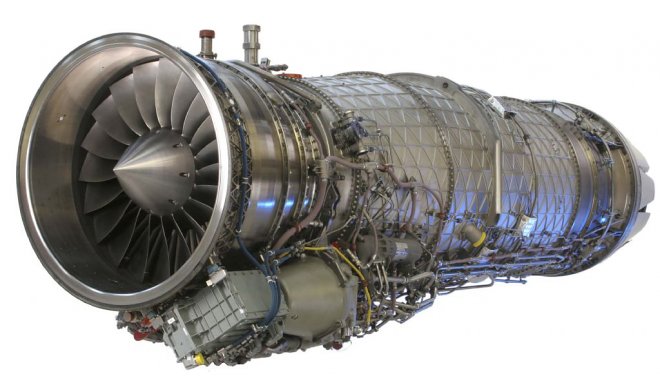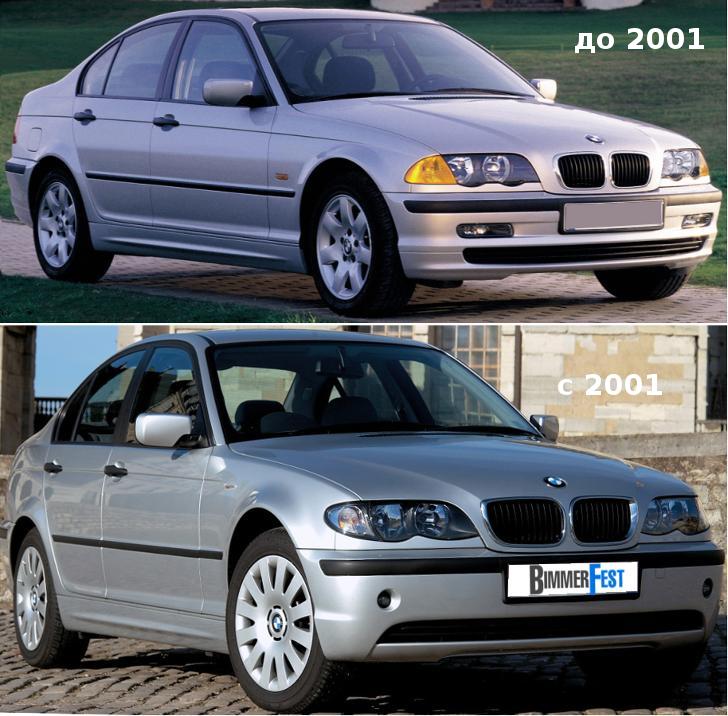
Jet engine 1.4 t - what is worth knowing?
Content
When creating this generation, Fiat said that the 1.4 T Jet engine (like other units from this family) will combine high culture of work and economical driving. The solution to this problem was an innovative combination of a turbocharger and controlled mixture preparation. Introducing the most important information about the 1.4T Jet from Fiat!
Jet engine 1.4 t - basic information
The unit is available in two versions - the weaker one has a power of 120 hp, and the stronger one has 150 hp. Models developed by the designers of Fiat Powertrain Technologies have a design based on another well-known engine - 1.4 16V Fire. However, they were redesigned due to the need to install a turbo.
The 1.4 T jet engine is distinguished by the fact that it provides a sufficiently large power and at the same time economical fuel consumption. It also features a wide rev range and very good gear shift response.
Fiat unit technical data
The 1.4 T Jet engine is a DOHC inline-four engine with 4 valves per cylinder. The equipment of the unit includes electronic, multi-point fuel injection, as well as turbocharging. The engine was released in 2007 and offered as many as 9 power options: 105, 120, 135, 140 (Abarth 500C), 150, 155, 160, 180 and 200 hp. (Abarth 500 Assetto Corse).
The 1.4 t jet engine has a belt drive and indirect fuel injection. It should be noted that the unit does not have many complex structural elements - except for the turbocharger, which makes it easy to maintain.
Characteristics of the design of a jet engine 1.4 tons.
In the case of the 1.4 T Jet, the cylinder block is made of cast iron and has a very high mechanical strength. The lower part of the crankcase is made of die-cast aluminum alloy and is part of the load-bearing structure along with the main crankcase.
It absorbs the loads generated by the crankshaft and also forms a rigid member with the gearbox via the reaction arm. It also performs the function of fixing the bearing of the right axle shaft. The 1.4 T engine also features an eight-balance forged steel crankshaft, an induction hardened crankshaft and five bearings.
Combination of a turbocharger with an intercooler and a bypass valve - differences from the aggregate version
This combination has been specially developed for the two outputs of the 1.4 T-Jet engine. However, there are some differences between these varieties. What are they about?
- For a less powerful engine, the turbine wheel geometry ensures maximum pressure at the highest torques. Thanks to this, the full potential of the unit can be used.
- In turn, in the most powerful version, the pressure is increased even more thanks to the overboost, which increases the torque to a maximum of 230 Nm with the wastegate closed. For this reason, the performance of sports units is even more impressive.
Unit Operation - Common Problems
One of the most faulty parts of the 1.4 T Jet engine is the turbocharger. The most common problem is a cracked case. This is manifested by a characteristic whistle, smoke from the exhaust and a gradual loss of power. It is worth noting that this primarily applies to IHI turbine units - equipped with Garrett components, they are not so defective.
Problematic malfunctions also include loss of coolant. A malfunction can be diagnosed when spots appear under the car. There are also malfunctions associated with leakage of engine oil - the reason may be a malfunction of the bobbin or sensor.
How to deal with 1.4 T-Jet engine problems?
To deal with the short life of the turbocharger, a good solution is to replace the oil feed bolts with the oil turbine. This is due to the fact that inside this element there is a small filter that reduces the lubrication of the rotor in case of loss of tightness. However, in case of problems with the heatsink, it is best to replace the entire component.
Despite some shortcomings, the 1.4 T jet engine can be assessed as a well-functioning unit. There is no shortage of spare parts, it can be compatible with the LPG installation and offers good performance - for example, in the case of the Fiat Bravo, it is from 7 to 10 seconds to 100 km / h.
At the same time, it is quite economical - about 7/9 liters per 100 km. Regular service, even the timing belt every 120 km. km, or a floating flywheel every 150-200 thousand km, should be enough to take advantage of the 1,4-t jet unit for a long time and record high mileage.

